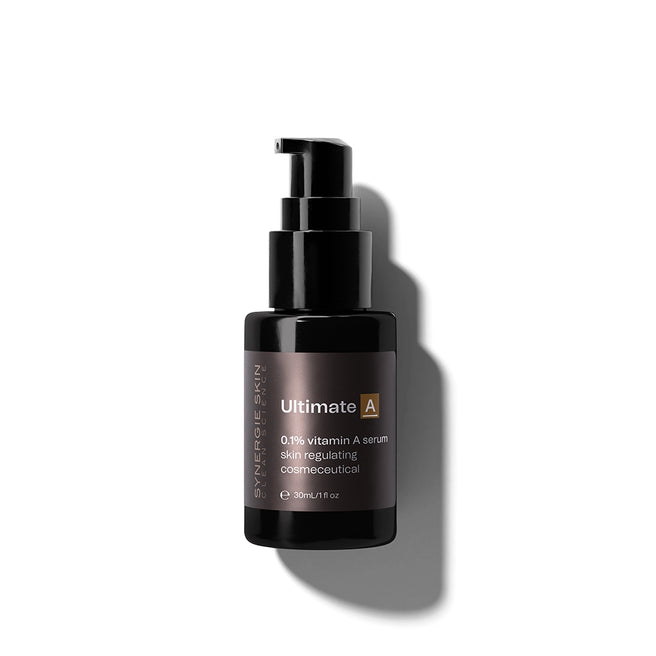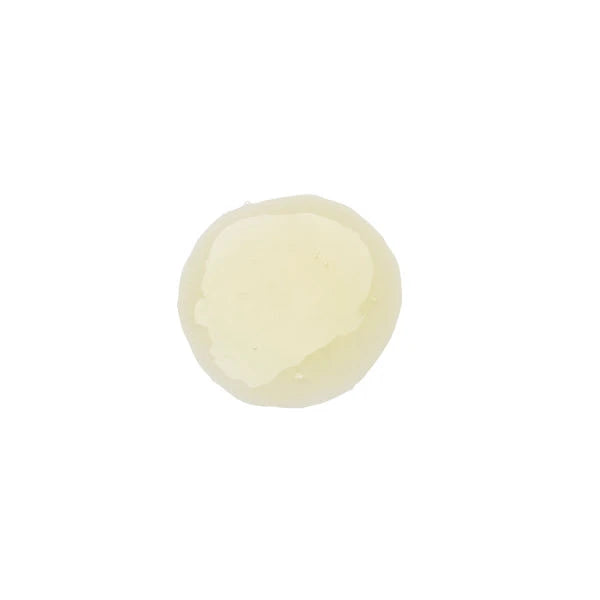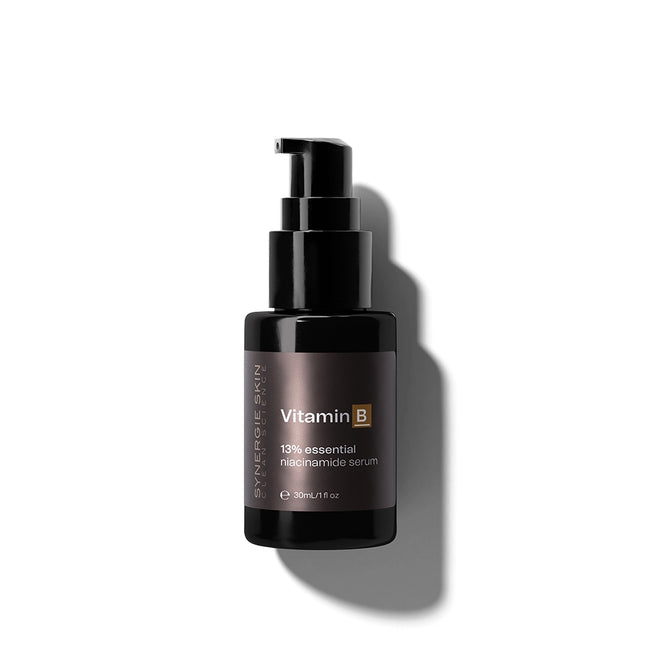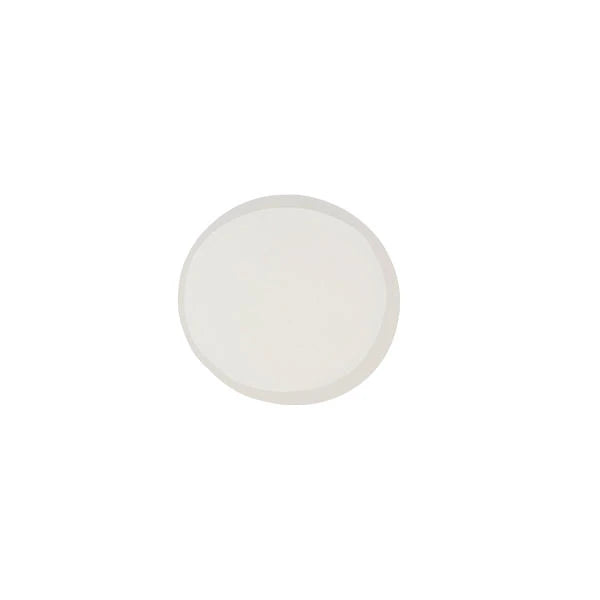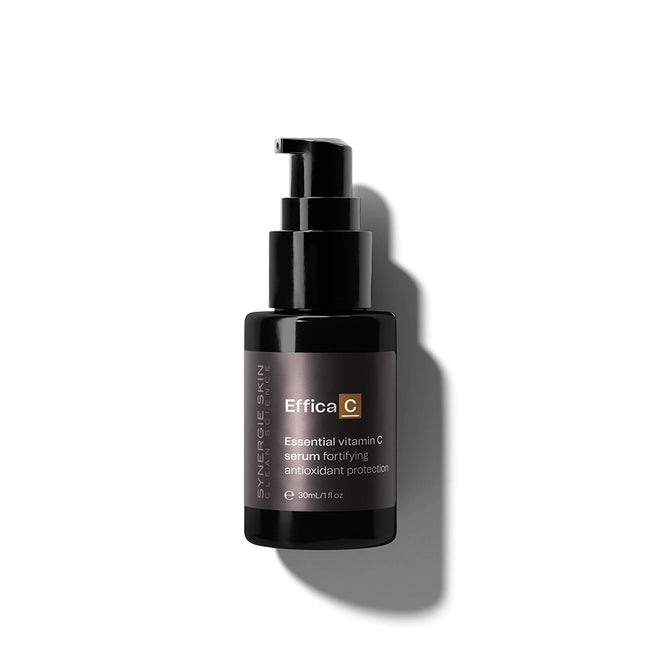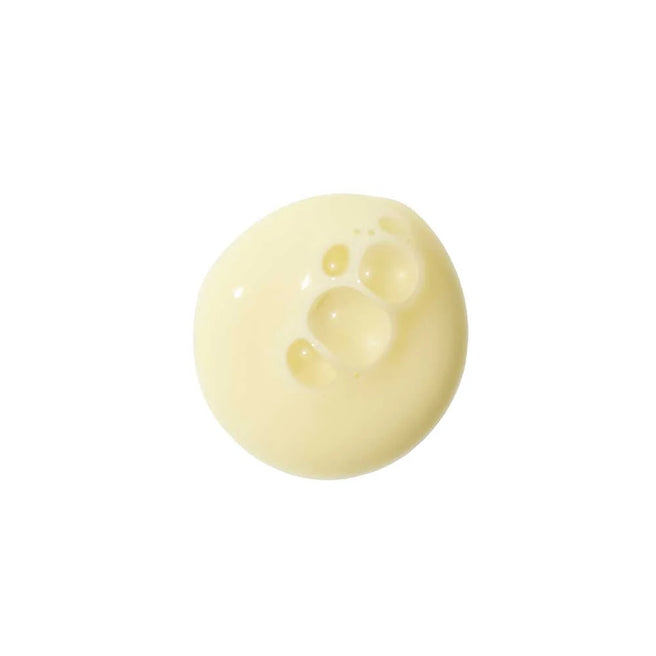Creating active cosmeceuticals is certainly so much more than throwing ingredients into a pot and mixing. Formulating is a complex exercise that requires a deep understanding of chemistry and the biology of human cells. Many formulators are not aware of the importance of not mixing acidic products (below around pH 3.5) with niacinamide or retinol.

Mixing acids such as AHA’s, BHA’s or pure L ascorbic acid crystals with niacinamide causes a chemical reaction which produces another compound called nicotinic acid. Whilst nicotinic acid can cause facial flus
hing in some individuals, it is not a harmful ingredient. However, it does not have the same effectiveness as pure niacinamide. Furthermore, mixing retinol with acidic products, according to Professor Leslie Baumann, neutralises the activity of retinol rendering it far less effective.
According to Dr. Baumann: Retinoids should not be mixed with BHA (i.e. salicylic acid) or AHA (i.e. glycolic acid/lactic acid) because they can inactivate the retinoid. Always use retinoids at night because the sun can also make the retinoid less effective.
As a chemist, I also recommend using acids (L-ascorbic, AHA’s and BHA’s ) in the morning and retinol (such as Ultimate A) and niacinamide (Vitamin B) at night. Our vitamin C serum (EfficaC) has been formulated at a skin-friendly pH of around 5.5. This is not considered acidic so the ‘acid rule’ doesn’t apply here. As a general rule, I still recommend using vitamin C in the morning as this actively protects from solar free radical damage throughout the day. I also prefer A and B in the evening as they really are the power couple when it comes to overnight regeneration of the skin.
Not sure what products are suitable for your skin type? Head to our Analyse Your Skin quiz to find your routine. Your skin confidence begins here.





